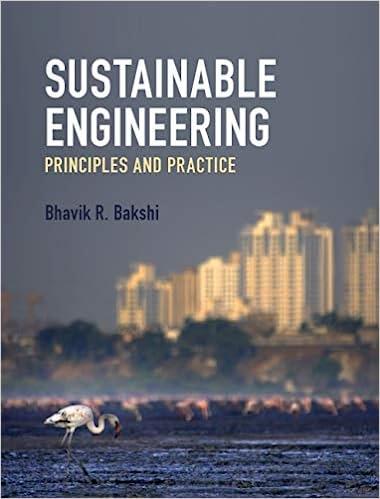Answered step by step
Verified Expert Solution
Question
1 Approved Answer
I inject a pulse of two different particle sizes, 100nm and 20nm diameters, into a cylindrical capillary tube at t=0 and z=0, so that they

Step by Step Solution
There are 3 Steps involved in it
Step: 1

Get Instant Access to Expert-Tailored Solutions
See step-by-step solutions with expert insights and AI powered tools for academic success
Step: 2

Step: 3

Ace Your Homework with AI
Get the answers you need in no time with our AI-driven, step-by-step assistance
Get Started


